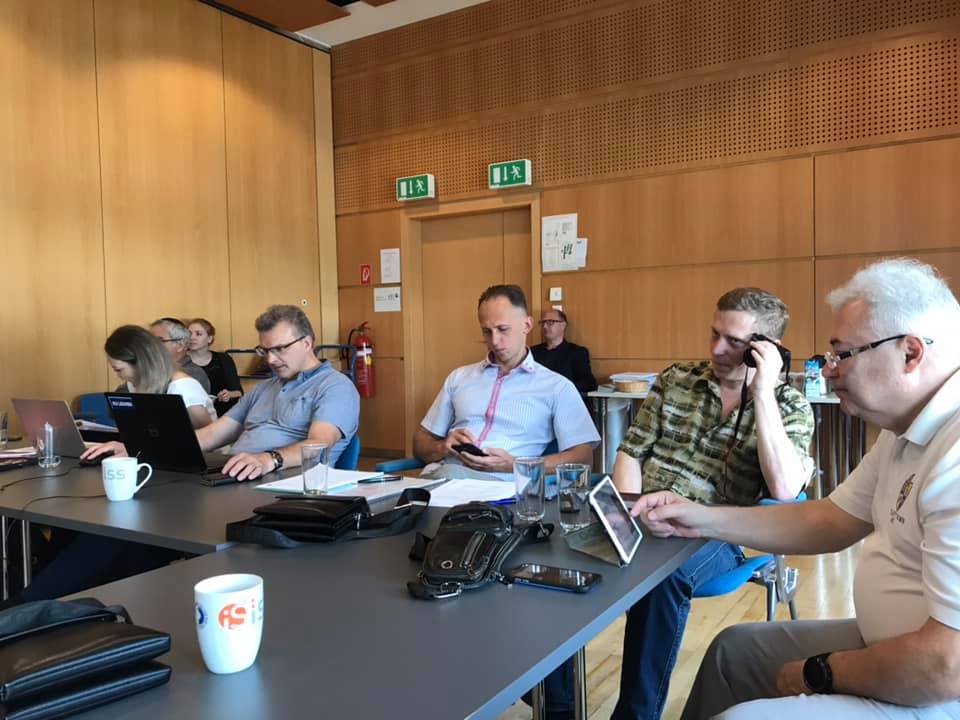[vc_section][vc_row][vc_column][vc_row_inner][vc_column_inner width=”1/4″][vc_single_image image=”2733″ img_size=”full” el_class=”.non-padding” css=”.vc_custom_1572442136367{margin-right: -15px !important;margin-left: -15px !important;}”][/vc_column_inner][vc_column_inner width=”1/2″][/vc_column_inner][vc_column_inner width=”1/4″][/vc_column_inner][/vc_row_inner][/vc_column][/vc_row][vc_row][vc_column width=”1/4″][vc_column_text css=”.vc_custom_1641483094748{margin-left: -15px !important;padding-top: 5px !important;}”] Syllabus
Moodle
Learning materials [/vc_column_text][/vc_column][vc_column width=”3/4″][vc_column_text]
Learning outcomes:
Students should be able to:
– Understand the different models and mechanisms underlying the formation of a resting and action potential
– Analyze the characteristics of different muscle fibers types and the various electric stimulation protocols that are used to reduce muscle fatigue
– Formulate the advantage and disadvantages of each of the common recording configurations in the PNS and the tissue response to electrode stimulation
– Differentiate different electrode materials with regards to their electrochemical properties and use in various neuro implants
[/vc_column_text][/vc_column][/vc_row][/vc_section]

